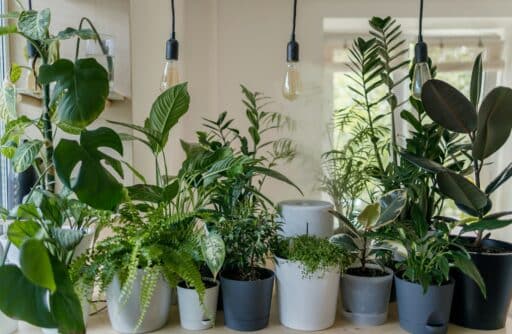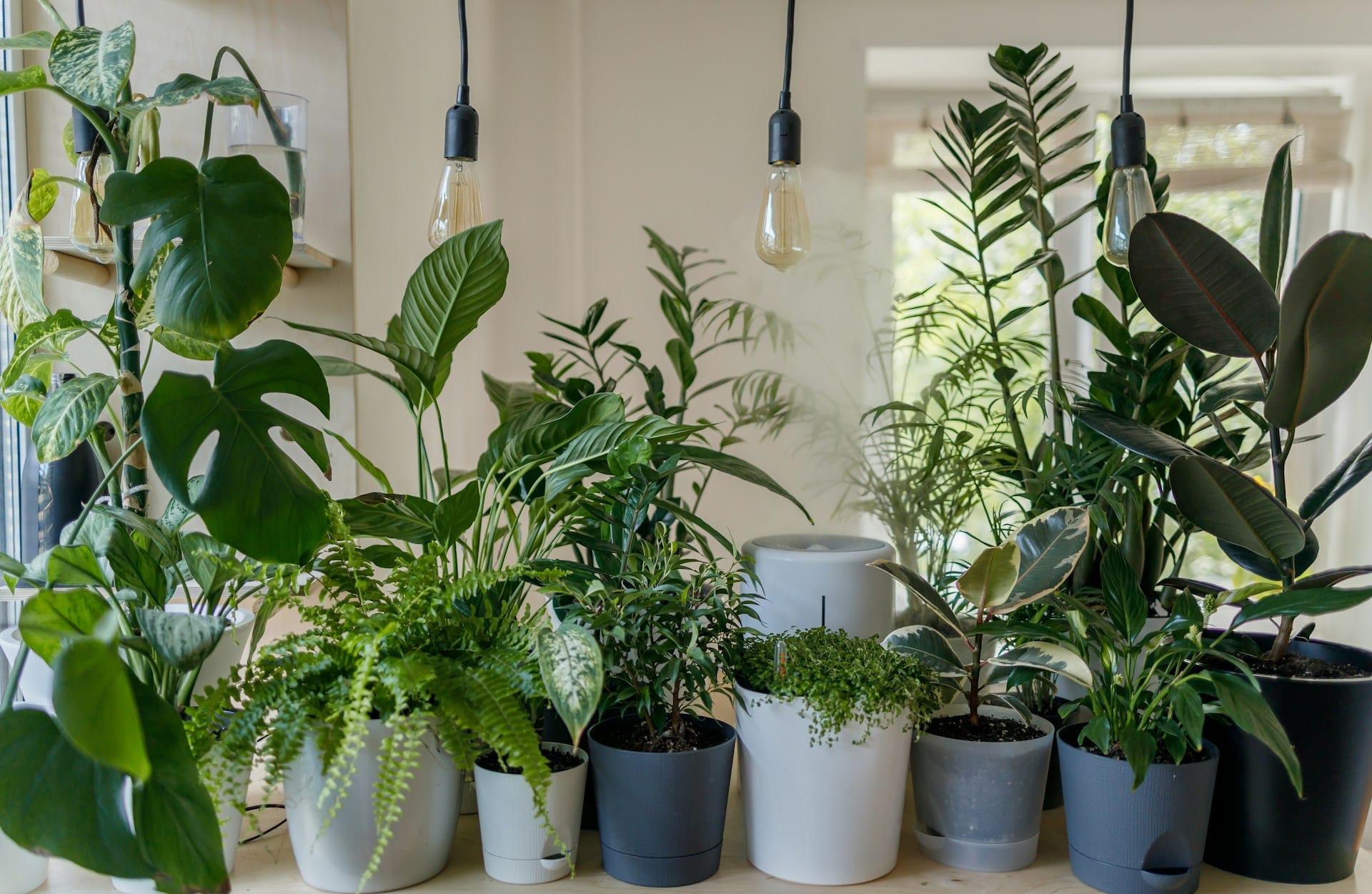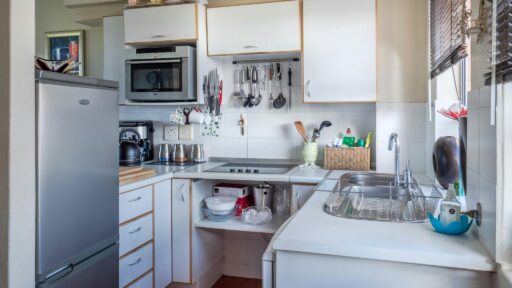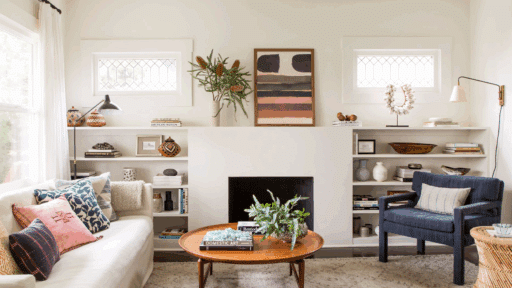Homes today aim to provide comfort without losing their connection to the environment. In mountain towns and cities alike, design has moved toward using natural materials while also shaping interiors that are practical and easy to live in. Poss Architecture Interior Design professionals show how wood, stone, and other resources drawn from the land can combine with efficient systems and simple layouts to create houses that respect both people and place.
Building with wood, stone, and other natural materials
Natural materials bring strength and character to a home. Wood beams and flooring highlight the grain and warmth of regional forests. Stone fireplaces anchor living rooms and reflect the ridges outside. Clay plasters and earth-based finishes provide texture while helping regulate indoor air. These materials reduce the need for transport when sourced locally, and they blend into the surrounding landscape.
Durability is another strength. Solid wood and stone hold up to years of use. Instead of wearing down, they take on character that supports a home’s long life. This reduces waste and the need for frequent replacement.
Bringing in daylight and framing views
Light plays a central role in connecting homes to their surroundings. Large windows and glass walls bring daylight into rooms and reduce the need for artificial lighting. Skylights and clerestory openings carry light deeper into the home. Orientation to the sun allows for warmth in winter and shading in summer.
Views are treated as part of the design. A living room window can frame a forest or mountain, while smaller openings may highlight a garden or stream. These connections remind people of the setting even when indoors.
Designing for comfort through efficiency
Eco-friendly design supports comfort with less reliance on machines. Insulation and sealed windows keep temperatures steady. Roofs and overhangs are shaped to allow in sun during cold months and to block it during warm months. Floors made of stone or concrete can store warmth from daylight and release it as temperatures drop.
Heating, cooling, and lighting systems are chosen for efficiency. They remain in the background, working without drawing attention. The result is steady comfort with lower energy use.
Practical kitchens and bathrooms
Kitchens and bathrooms receive careful attention because they are used most often. Counters are built from durable stone, wood, or recycled materials. Cabinets and storage reduce clutter and support daily tasks. Water-saving fixtures limit waste while still meeting needs.
Lighting is planned to provide brightness for cooking or cleaning while also offering softer options for meals or rest. These spaces focus on clear function, showing that eco-friendly choices can support daily comfort.
Flexible spaces that adapt
Flexible layouts make homes more useful over time. Movable panels or sliding partitions allow one room to serve multiple purposes. A home office can change into a guest room, or a play space can become a study area. Open living areas link cooking, dining, and relaxing, while smaller corners provide private space when needed.
Furniture adds to this flexibility. Benches with hidden storage, tables that move between indoors and outdoors, and modular seating make it easier to adjust to new needs without building more space.
Details that last
Small details shape how long a home will perform. Hardware made from durable metals resists wear. Trim profiles that are simple are easier to maintain and remain useful even as styles shift. Mineral-based paints and natural finishes improve air quality and stand up to daily use. When details are chosen with care, they reduce maintenance and extend the life of the building.
Linking inside and outside life
Outdoor areas form an important part of eco-friendly homes. Decks, terraces, and porches extend living spaces. Covered areas make it possible to use outdoor rooms in more weather conditions. Matching materials across thresholds blurs the line between interior and exterior.
Native plants in landscaping reduce water use and support the local ecosystem. Paths, storage areas, and workspaces outside the house support active routines and seasonal needs. This attention to outdoor areas strengthens the connection to the land.
A steady approach to eco-friendly design
Eco-friendly residences show that natural materials and modern comfort can work together. Homes are built from wood, stone, and other durable resources. Layouts bring in daylight, frame views, and allow spaces to adapt. Systems work quietly to maintain steady temperatures and clean air. Details last, and outdoor areas extend daily life.
The result is a way of living that respects the land while meeting daily needs. By blending natural elements with careful planning, homes achieve comfort without waste. This balance defines eco-friendly residences and provides a model for building in both mountain regions and cities.








